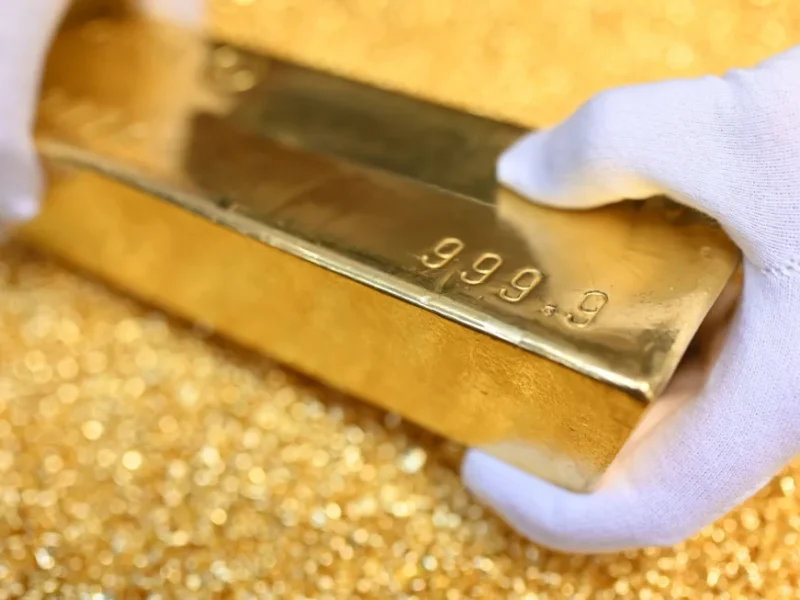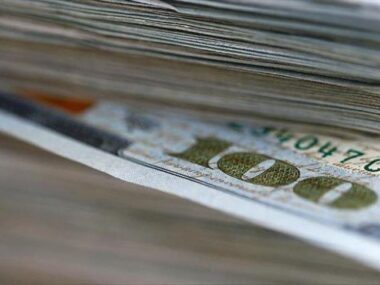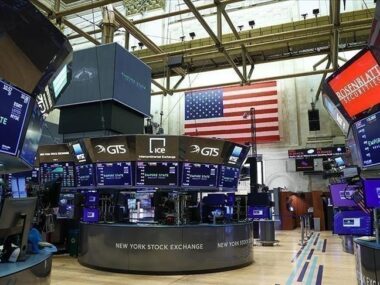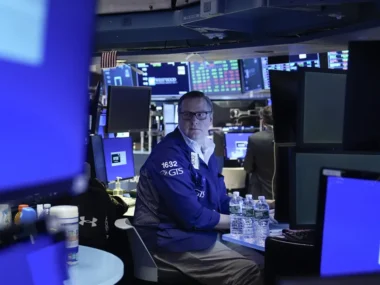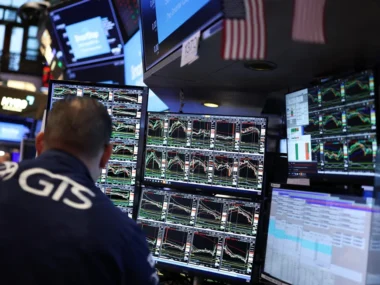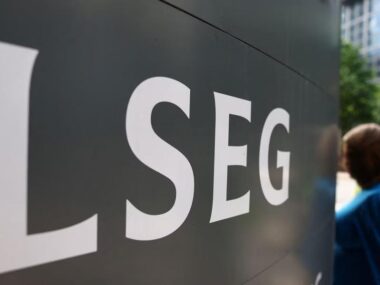The 2024 gold rally is gaining momentum.
The most actively traded gold futures contract has consistently reached new highs this year, recently setting a record at $2,687.30 on Tuesday before pulling back. This follows a significant half-point cut in U.S. interest rates by the Federal Reserve last week.
Traditionally viewed as a safe-haven asset, gold has surged approximately 30% this year, surpassing the 20% gain of the benchmark S&P 500 index. This increase is partly due to heightened demand from central banks in countries such as China, Turkey, and India, which have expanded their gold reserves to reduce reliance on the U.S. dollar. However, some investors believe the surge in gold prices reflects ongoing concerns about the health of the U.S. economy, even amidst new stock market highs. Traders typically gravitate toward gold during uncertain times, anticipating that it will retain its value better than stocks, bonds, or currencies if an economic downturn occurs.
During a post-meeting press conference last week, Fed Chair Jerome Powell indicated that the substantial half-point rate cut was aimed at preemptively addressing potential weaknesses in the labor market. Some economists argue that, despite this rate cut, the economy remains vulnerable, noting that the unemployment rate can be challenging to lower once it begins to rise. As of August, the unemployment rate stood at 4.2%, still relatively low historically but up from 3.8% a year prior.
Recent consumer confidence data released on Tuesday showed that Americans are feeling downbeat about the U.S. economy and the job market’s future. The Conference Board’s monthly confidence index fell to 98.7 in September, down from an upwardly revised 105.6 in August. Kristina Hooper, chief global market strategist at Invesco, remarked, “Investors are increasingly concerned that this 50 basis point cut may indicate a crisis response, suggesting more underlying weakness in the U.S. economy than is currently visible.”
This uncertainty could benefit gold prices. Researchers at JPMorgan Chase noted in a report on Monday that they anticipate gold will continue its ascent toward a target price of $2,850 per ounce by 2025 as the Fed reduces interest rates. The central bank has signaled an additional half-point cut later this year and a full percentage point reduction in 2025.
The Fed’s interest rate cuts are also enhancing gold’s appeal compared to Treasuries, which are also viewed as safe-haven investments. The yield on the 10-year U.S. Treasury was around 3.7% as of 3 PM ET on Tuesday, lower than the over 4% yield available just a few months ago.
“There’s really no perspective on gold right now other than positive,” stated Will Rhind, CEO of GraniteShares.
Silver, which often moves in tandem with gold, has surged about 34% this year, outperforming gold.
It’s important to note that silver rallies usually indicate optimism about economic recovery, as it is widely used in infrastructure, electronics, jewelry, and flatware manufacturing.
Moreover, silver plays a critical role in the clean energy transition. Citi strategists recently reported that they expect demand driven by solar and electric vehicles in China, combined with the Fed’s rate cuts, to bolster silver prices.
Additionally, recent efforts by China to revitalize its economy could further boost precious metals. On Tuesday, China’s central bank announced a set of measures, including a cut to its benchmark lending rate and a reduction in the reserve requirement ratio for banks, which would increase available lending.

